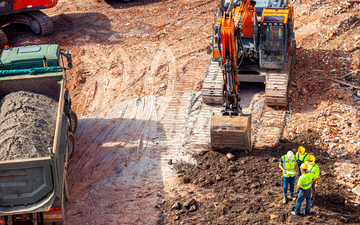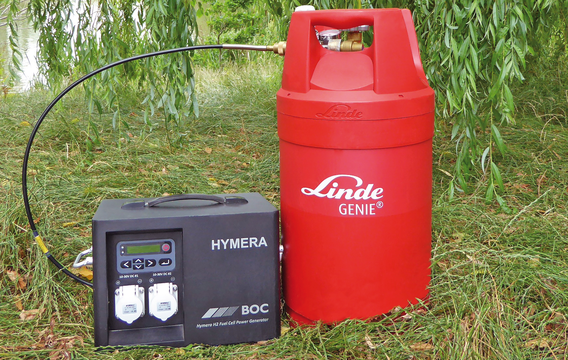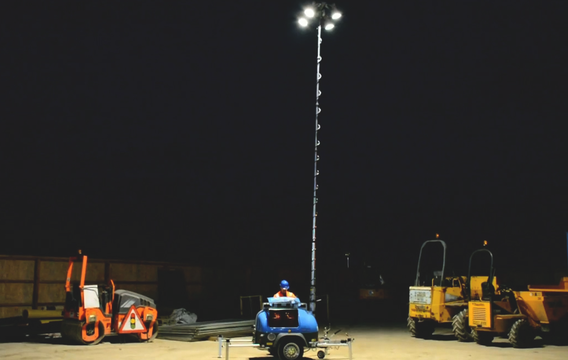- Official BOC UK Online | Industrial Gases | Products & Solutions | BOConline UK
-
Shop
- Industries
- Processes
- Gases & Equipment
-
Solutions
-
Services
-
Health & Safety
-
Contact & Support
- What's Happening
-
Net Zero Strategies
Could Hydrogen-powered Fuel Cells Provide an Answer to the Construction Industry’s Net Zero Challenge?
Posted by BOC

The built environment – our buildings, roads and infrastructure – currently contributes around 40% of the UK’s carbon emissions.
A report by the UK’s National Engineering Policy Centre and the Royal Academy of Engineering called for transformational change across the construction industry, in order to accelerate the transition to net zero. In 2021 the UK government set the ambitious target to cut overall emissions by 78% by 2035, strengthening its previous pledge of a 68% reduction by 2030. To help meet these goals the report called on the construction sector to move further and with greater urgency in decarbonising.
Aside from more effective assessment of potential carbon emissions during construction, and the reuse and recycling of materials, it called for urgent action to use non-fossil fuel powered plant and equipment to eliminate carbon emissions from sites.
Step forward, hydrogen.
How can hydrogen reduce emissions for the construction industry?
Hydrogen fuel cells generate electricity from the reaction of hydrogen with oxygen. The only emission is water vapour, making hydrogen a zero emission alternative to traditional diesel or petrol power generation.
On construction, rail or roadworks sites; many of which are off-grid and require a significant amount of portable power, hydrogen is an ideal solution – it’s more energy dense compared with diesel, meaning it lasts longer, and because hydrogen fuel cells contain fewer moving parts than combustion technologies, they’re near silent in operation and require no maintenance or servicing.
With large machinery manufacturers investing £millions in the roll out of hydrogen powered equipment, hydrogen fuel cell technology is heading into the construction industry mainstream, but pioneering equipment suppliers, contractors and councils have been using the technology in a smaller form for several years.
What’s next?
BOC is highly experienced in finding effective ways to reduce carbon emissions and the HYMERA is just one example of what the business is doing to bring zero-emission stationary power to a range of sectors.
Katie Mollon, BOC’s Product Manager for Hydrogen Stationary Power explains,
“We’re working with partners and customers to help decarbonise construction projects, festivals and more. It’s an exciting field and one in which our long history and experience for safely producing, delivering and storing hydrogen can help us achieve net zero.”
If you would like to discuss how BOC’s HYMERA or stationary power solutions could support your net zero plans to lower carbon emissions, please get in touch with the BOC team.
Follow BOC on LinkedIn
Follow Katie Mollon on LinkedIn


